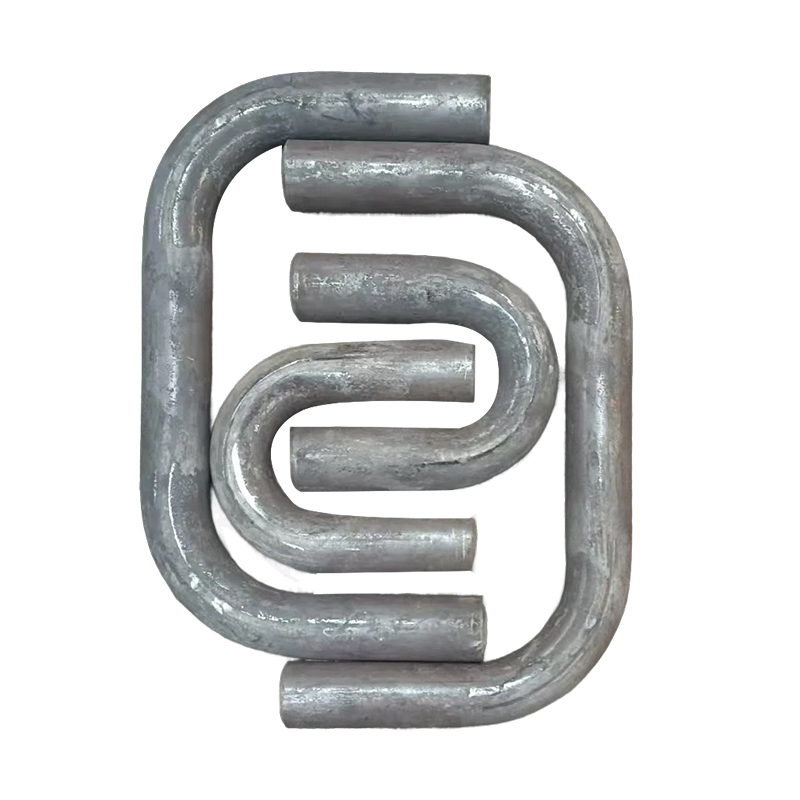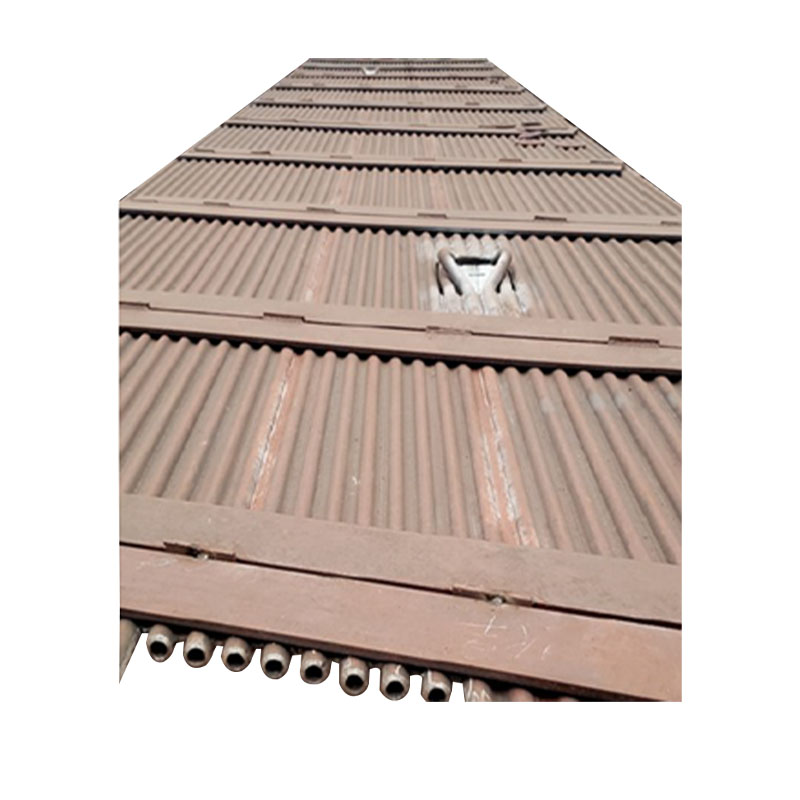How can boiler evaporator module products prevent localized overheating?
Release Time : 2025-11-24
As core equipment for heat energy conversion, the operational stability of boiler evaporator module products directly affects the efficiency and safety of the entire boiler system. Localized overheating is a common operational hazard for these products, potentially caused by uneven steam flow, heat absorption deviations, design flaws, or water quality issues, requiring comprehensive prevention and control through multi-dimensional technical means.
Steam flow uniformity is fundamental to preventing localized overheating. In boiler evaporator modules, the steam flow distribution directly impacts the heat absorption efficiency of each tube panel. If the steam flow to some tube panels is too low, the working fluid velocity inside the tubes will decrease, the heat transfer coefficient will drop, and heat cannot be carried away in time, leading to localized overheating. To address this issue, a throttling device can be installed at the tube panel inlet. By adjusting the throttling orifice diameter, the steam flow can be controlled, making the flow to each tube panel more uniform. For example, installing a throttling coil on tubes with lower heat absorption reduces their steam flow, prompting more steam to flow to tubes with higher heat absorption, thus balancing the overall heat absorption distribution. Furthermore, for outer tubes, a short-circuit design can shorten their heating length, increasing the steam velocity and preventing excessively high temperatures due to excessive heating length.
Optimizing the design structure is key to eliminating localized overheating. The header structure of the boiler evaporator module significantly affects steam flow. If the header's inner diameter is poorly designed or the tee position is inappropriate, a static pressure drop can easily form in the vortex zone, leading to uneven steam pressure distribution and consequently, localized heat absorption deviations. By adjusting the header's inner diameter and tee position, the influence range of the vortex zone can be reduced, resulting in a more uniform steam pressure distribution and preventing the overlap between the maximum heat absorption zone and the vortex zone. For example, moving the tee position towards the end of the header can reduce the interference of vortices on steam flow and lower the risk of localized overheating. Furthermore, during the boiler design phase, the impact of the combustion method on heat absorption distribution must be fully considered. For tangential combustion boilers, optimizing the arrangement of throttling valves can balance uneven heat absorption on the flue gas side, preventing localized tube panel overheating due to peak heat absorption.
Water quality management is crucial for preventing localized overheating. After long-term operation, scale and salt deposits easily accumulate on the heating surfaces of the boiler evaporator module. These deposits significantly reduce heat transfer efficiency, leading to localized temperature increases. For example, if the boiler water quality is poor, severe water carryover in the saturated steam will cause salt to deposit inside the superheater tubes, forming scale and further hindering heat transfer. Therefore, it is necessary to strictly control boiler water quality, conduct regular water quality testing and chemical cleaning, and ensure the cleanliness of the heating surfaces. Simultaneously, the steam-water separation device needs to be optimized to reduce water carryover in the saturated steam and lower the risk of scale formation. For existing scale layers, high-pressure water flushing or chemical cleaning processes should be used to remove them promptly and restore the heat transfer performance of the heating surfaces.
Precise control of operating parameters is essential to prevent localized overheating. The operating parameters of the boiler evaporator module, such as load, pressure, and temperature, must be matched with the equipment's design conditions. Excessive load fluctuations or improper pressure regulation can easily lead to an imbalance in steam flow and heat absorption distribution, causing localized overheating. For example, when the boiler is operating at reduced pressure, the heat absorption in the evaporation section increases, while the heat absorption in the superheater section decreases. This requires increasing the fuel supply to meet the evaporation demand, but increasing the fuel supply may lead to superheater overheating. Therefore, a comprehensive operation monitoring system is needed to monitor key parameters in real time and adjust fuel, air, and water supply through an automatic control system to ensure operating parameters remain within safe ranges.
Optimizing material selection and manufacturing processes can improve the equipment's resistance to overheating. The heating surface material of the boiler evaporator module must possess good thermal conductivity and corrosion resistance to withstand high-temperature and high-pressure environments. Poor thermal conductivity can easily lead to increased wall temperature and localized overheating; insufficient corrosion resistance can cause thinning of the tube wall, reducing equipment strength. Therefore, suitable materials, such as stainless steel and titanium alloys, must be selected based on the characteristics of the medium, and manufacturing processes must be strictly controlled to ensure welding quality and surface finish, reducing stress concentration and corrosion risks.
A robust emergency response mechanism can reduce losses from localized overheating accidents. Although the above measures can significantly reduce the risk of localized overheating, emergency plans and clear handling procedures are still necessary. For example, when the heating surface overheats, the emergency shutdown device should be activated immediately to cut off the fuel supply, and the water spray desuperheating system should be activated simultaneously to quickly reduce the steam temperature and prevent the accident from escalating. In addition, regular emergency drills should be organized to improve operators' ability to respond to emergencies.
Local overheating prevention in boiler evaporator module products requires a comprehensive approach encompassing multiple dimensions, including steam flow uniformity, design optimization, water quality management, operating parameter control, material selection, manufacturing processes, and emergency response. Through technological improvements and enhanced management, the risk of localized overheating can be significantly reduced, ensuring the safe and stable operation of the equipment.







